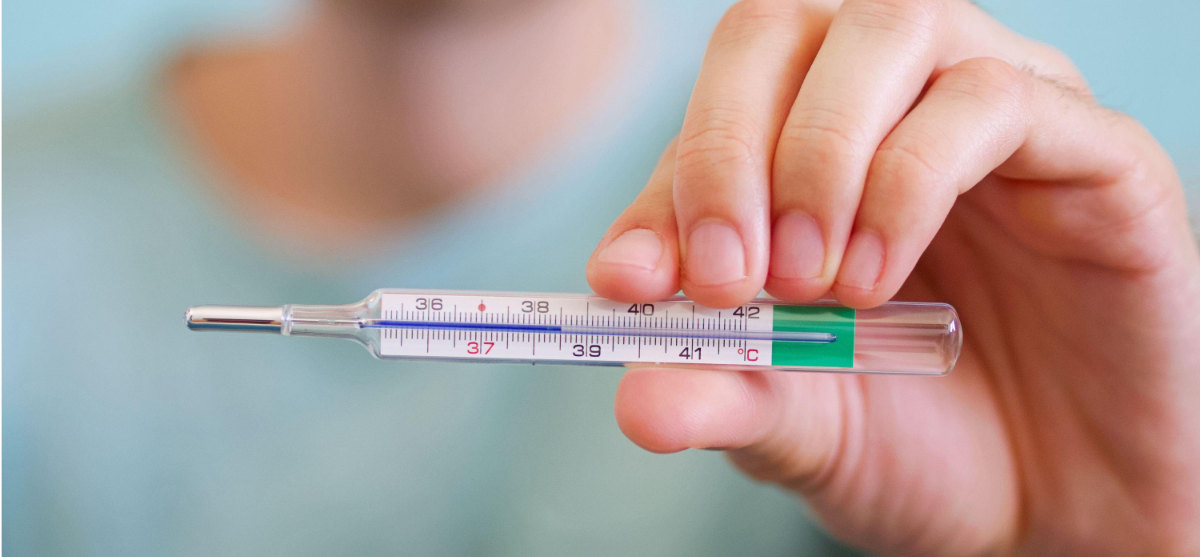Sepsis is notoriously hard to spot, but now a new tool has been created to help diagnose it before a patient even gets to hospital.
The condition, which can be life-threatening, occurs when the body overreacts to an infection and starts to damage the body’s own tissues and organs. Acting fast is crucial.
So far, GPs’ decisions to refer patients with severe infections to hospital are based on “intuitive interpretation of signs, symptoms, and general impression of a patient” and there has been no model available to support doctors, to diagnose and manage sepsis, researchers say.
But now, experts at Utrecht University in the Netherlands have designed a diagnostic tool which helps GPs predict whether sepsis is likely to occur within 72 hours. Their model, published in the British Journal of General Practice, takes into account a patient’s age, temperature, blood pressure, heart rate, the levels of oxygen in the blood and mental status.

Commenting on the study, Dr Ron Daniels, executive director of the UK Sepsis Trust, says: “We are very pleased to see that the validation of scoring system to help predict the onset of sepsis in community settings is being taken seriously.
“With an estimated 80% of episodes of sepsis developing as a consequence of community-acquired infection, it is critical that we focus on these settings in order that we can predict the need for hospital assessment at an earlier stage.”
Sepsis kills around 50,000 people every year in the UK, and takes more lives than breast, bowel and prostate cancer combined worldwide.
Although in the early stages, sepsis, flu and chest infections can have similar symptoms, Colin Graham, chief operating officer at Sepsis Research FEAT, says there are five key symptoms to watch out for.
Early signs of Sepsis
1. High/low temperature
Sepsis can cause a patient to develop a high fever as part of the body’s immune response, although in some cases they’ll develop a low body temperature (hypothermia) instead. “Hypothermia during sepsis is considered very dangerous,” stresses Graham. “There’s more risk of fatality than when a patient develops a fever.”
2. Uncontrolled shivering
Sepsis can cause a drop in body temperature and severe shivering, which is one response to fighting infection, and is the body’s way of trying to increase its temperature.
3. Confusion
Sepsis can cause acute inflammation and swelling, making it difficult to breathe, and leading to a drop in oxygen levels. “Low levels of oxygen in the blood can cause mental confusion and delirium,” explains Graham.
4. Passing little urine
As sepsis progresses, blood pressure may become very low, which means not enough blood and oxygen can reach the body’s organs, says Graham. This can cause organ failure, he says, and when kidneys start to fail, it can lead to a drop in urine output.
5. Blotchy or cold arms and legs
During sepsis, the clotting mechanism works overtime. Nutrients can’t get to the tissues in the fingers, hands, arms, toes, feet, and legs and the body’s tissues begin to die, says Graham. At first, the skin may look mottled or blotchy and may appear blueish. In severe cases of sepsis, the areas of dead skin can turn black, and limbs may need to be amputated.Someone with sepsis might not show all these symptoms at once, says Graham, and may have other symptoms like difficulty breathing and a rapid heartbeat, which may occur because sepsis can make arteries dilate or widen, causing a drop in blood pressure, which means the heart has to work harder to push the blood through at a normal pressure.
On their own, these symptoms can be an indication of other health problems, says Graham, but a combination of two or more of them, becoming progressively worse, means you need to seek urgent medical attention, so call 999 or go to A&E. He stresses that for every hour treatment is delayed, the chance of survival reduces by over 7%.































































